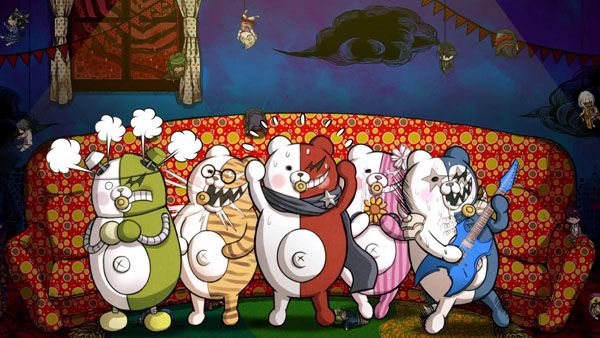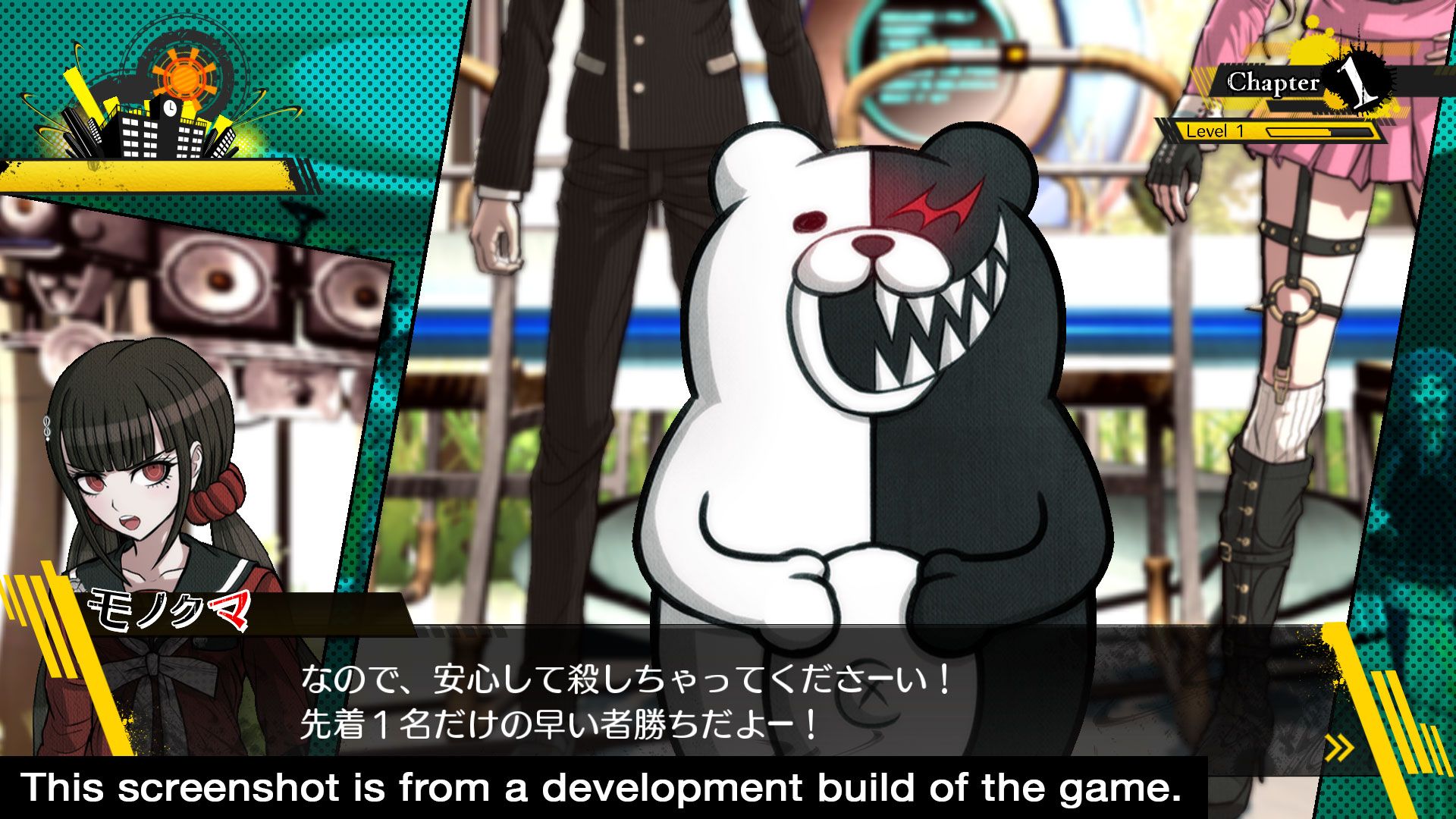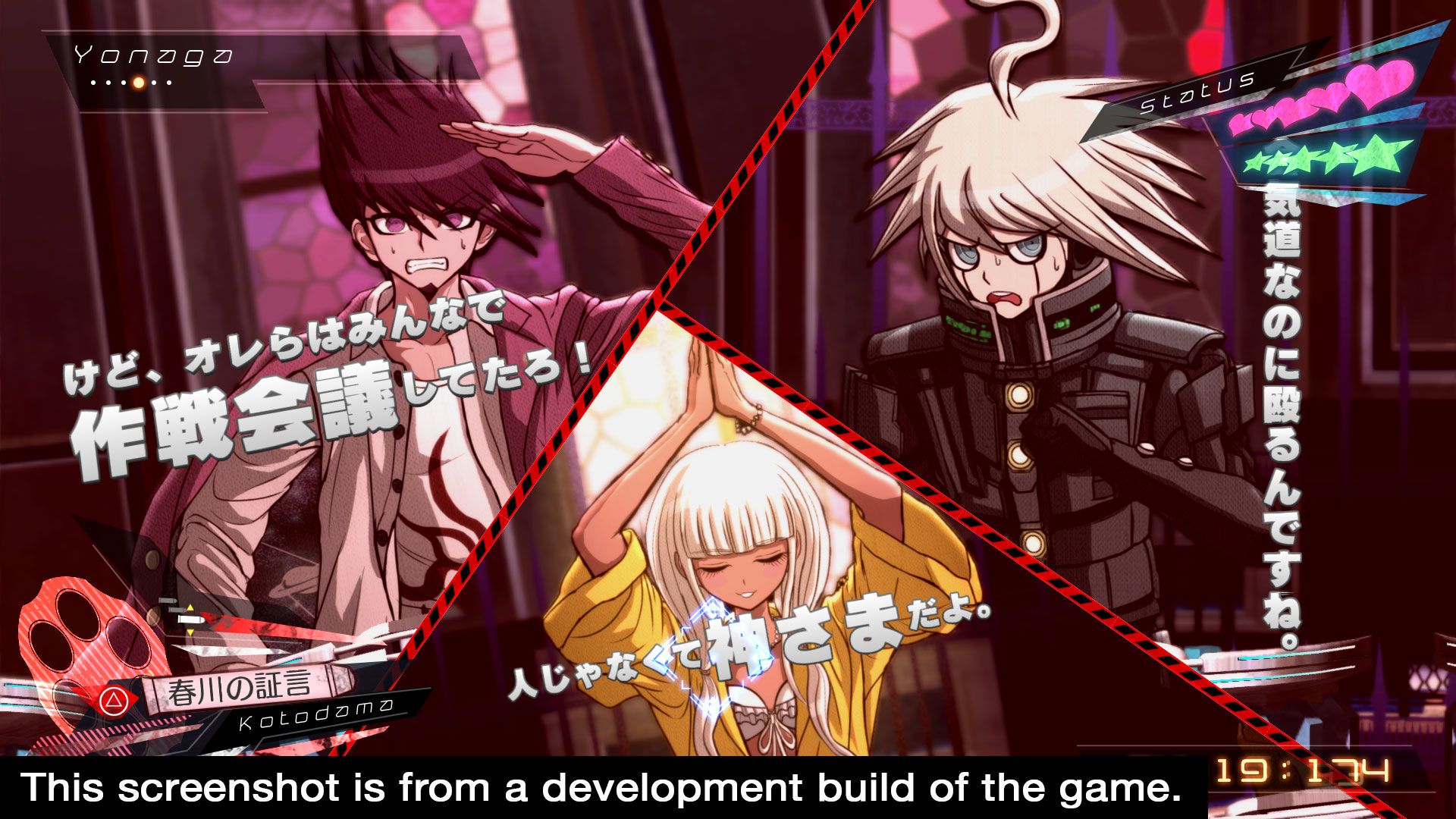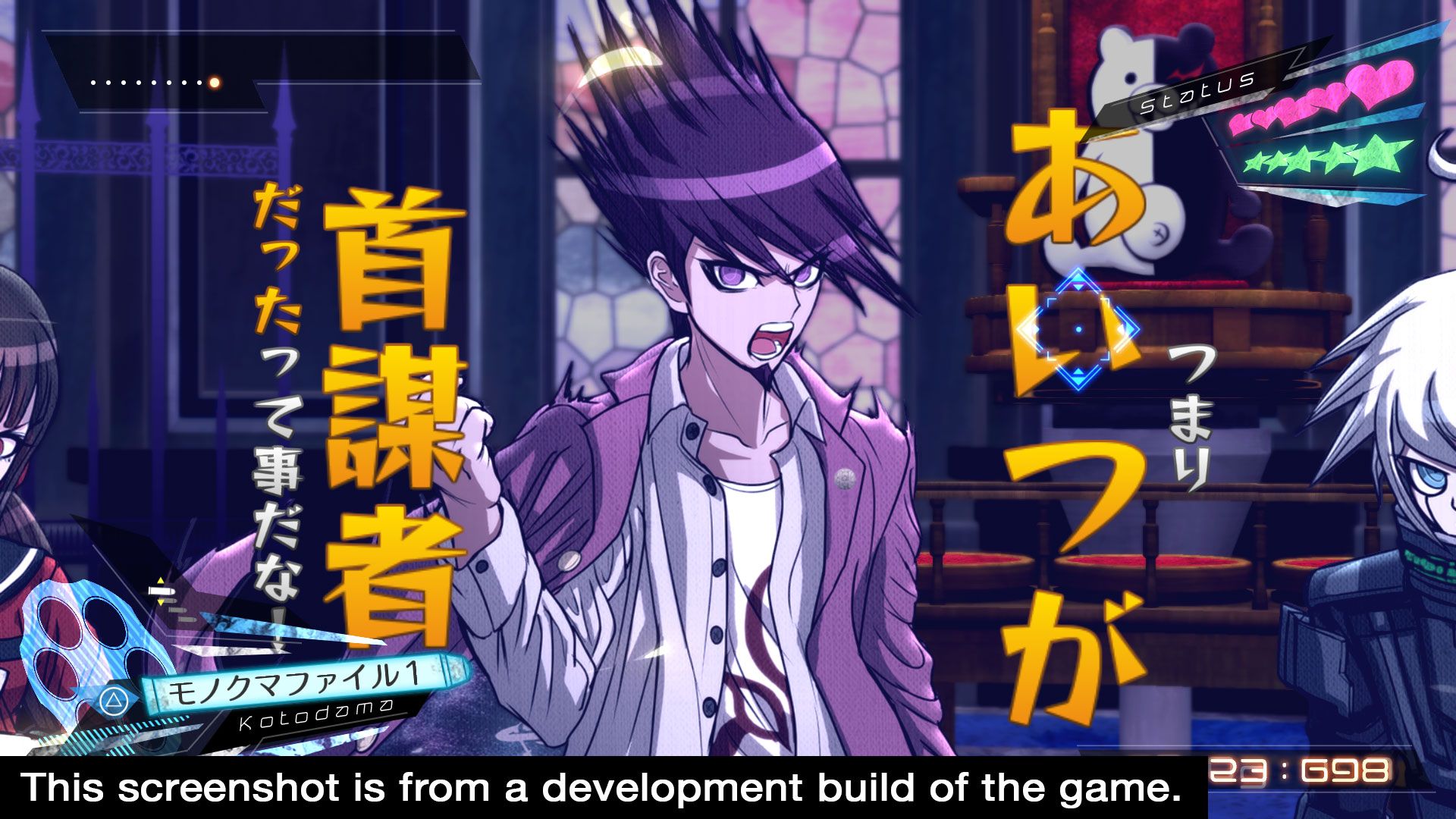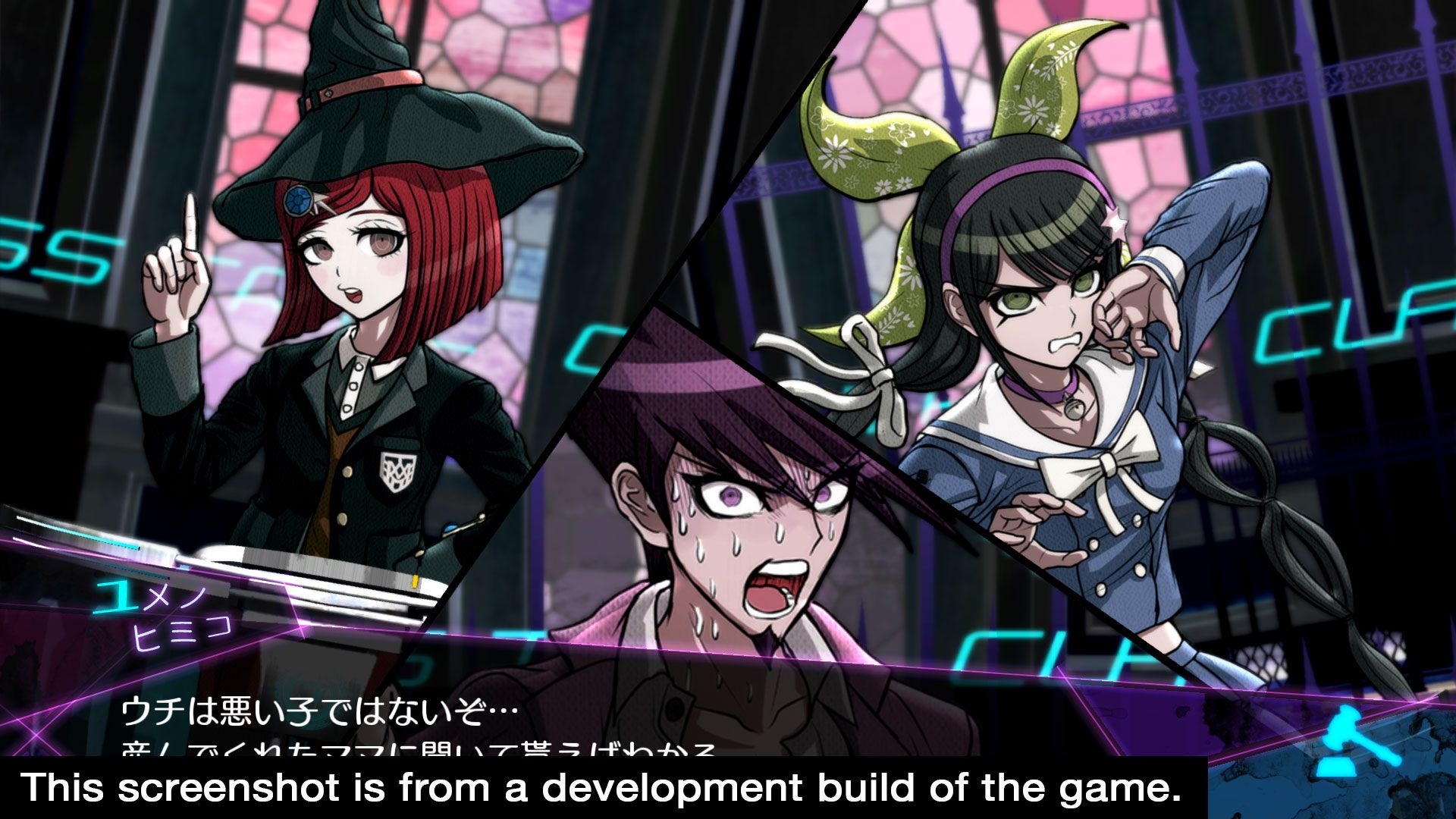Danganronpa V3: Killing Harmony was given a special panel during Anime Expo 2017, hosted by the localization team at NIS America. The panel was focused on how the team at NISA approaches localization, but more specifically, how they approached Danganronpa V3’s enormous amount of text.
Before the panel started, the team answered the question of “what is localization?”, saying that "it involves taking a work from a culture and adapting it for consumption for another culture." The steps that NISA’s localization team follows are described in this order: Translation, Editing, Voice Script and Voice Recording, Send it to the Developer, QA (testing), and lastly, Profit.
The team continued to unpack their general steps of localization beginning with the job details. When NISA signs a game, they will play through the game for research purposes: this is to make sure that before they start translation, they make sure they understand the key references of things that are called back on.
Once the team has a good idea of the game’s premise, they will begin a direct translation of the script to be sent to editors. This is where the localization process happens and terms that will translate well for western audiences are changed to give a similar feeling, but in a way that reflects the original Japanese text.
The editing team at NISA has a goal set for every day, which mostly has to do with staying on track, speaking with the Japanese translators, and having a line count to reach by the end of the day. This is to insure they hit deadlines and don’t spend too much time on a particular phrase or term.
It was explained that when localizing terminology, it is important to pay attention because Danganronpa is a franchise, so the phrases they used in the first game need to be brought to the new one in order to keep consistency. Also, at times NISA will get together to do group readings to catch any errors in their written text, because written text sometimes doesn’t convey the same meaning when spoken aloud.
When it comes to the audio, the team compiles the voiced lines. Since every line is not voiced, they have to send notes to the voice actors so they can understand the story that happens between the areas of the game that they missed. During these recordings there is a translator and editor present to ensure that the right feeling and expression is being recording: they added that with a script size this big, it can be an extremely long process.
Next they will send Spike Chunsoft the script: when sending over assets, it’s important for NISA to prioritize text. This means that they’ll begin by localizing graphic text first because it needs to be hand-drawn and it takes the most time. For example: during Danganronpa’s courtroom scenes, the text that flies by on-screen all needs to be localized.
Following these steps begins preliminary review: NISA will send text and voice files to Spike Chunsoft, and get a goodnight’s rest. Next, they'll acquire the debug ROMs where they will need to search for line breaks and typos, as well as make sure that the audio files are playing when they should.
During debug, they send the game to the ratings boards. The team explained that while there are different forms, some rating boards are more specific, such as PEGI. Mostly these boards just want to see the bad footage that the team said the game contains. For example: if they check violence, the boards want to see what kind of violence they are mentioning in the context of the game.
The show closed with explaining just how many characters of Japanese text Danganronpa V3 contained: two million. Basically, this is Danganronpa: Trigger Happy Havoc and Danganronpa 2: Goodbye Despair added together. This is no easy feat for anyone to accomplish, but the team at NISA also mentioned that they take pride in their localization and stand behind their efforts of bringing a true Danganronpa experience that fans have been waiting for.

